Daylight Saving Time Has Happened, New Decision by Congress Will Determine Its Fate Going Forward
November 7, 2022
This past Sunday, November 6, at 2 am, the clocks “fell back” an hour for people across California and 47 other states as we finally returned to Standard Time, and many experts tell us to stay this way.
As Daylight Saving Time (or DST) comes to an end, there has been a big debate surrounding whether to remove the practice entirely.
Springing forward and falling back every year creates chaos within international airline schedules, costs businesses money, causes accidents, and is damaging to the body’s natural circadian rhythm.
While the majority of Americans, according to a recent poll by Monmouth University, want to do away with the biannual time change, the conflict is about whether there should be permanent Standard Time or permanent DST.
This controversy surfaced when, in March this year, the Senate passed a measure called the Sunshine Protection Act declaring that Daylight Saving Times would be permanent by November of 2023. However, Congress has been hesitant to approve it, and for good reason.
History of Daylight Saving Time
On the first Sunday of November, clocks “fall back” an hour to what is called Standard Time for four months. On the first Sunday of March, clocks “spring forward” an hour back to Daylight Saving Time.
Increasing the number of natural daylight hours helped to save electricity and boost productivity. DST was first implemented by Germany during WWI as a program in order to help them conquer Europe. The practice spread to the United States, limited to being a wartime measure during WWI and WWII.
Despite the many myths surrounding DST, it was not a measure to help the farmers of America and it was not first created by Benjamin Franklin.
During the energy crisis of the 1970s, President Nixon decided to adopt a permanent DST. However, the public support for the policy was so low that it was repealed and adjusted to the Daylight Savings we now know.
The Problem With Daylight Saving Time
For thousands of years, humans have evolved to align their internal clock based on the 24-hour rotation of the sun. And your internal clock doesn’t adjust to DST as fast as you can adjust your alarm clock.
Disrupting this natural circadian rhythm brings about numerous health problems. One major issue is the disruption to sleep.
Sleep experts from the American Academy of Sleep Medicine and Baystate Health’s Regional Sleep Program oppose the Sunlight Protection Act, and instead encourage permanent Standard Time, citing that Standard Time helps people sleep better at night.
Other than the extra one hour you get on the day of the time change, you won’t be able to get as much sleep following the “spring forward”.
Your body won’t be able to fall asleep until your normal bedtime, meaning you will lie in bed unable to sleep and lose an hour. Then, in the morning, your body wants to stay in bed like normal but you have to wake up to get to school on time, losing another hour.
You end up losing 2 precious hours of sleep, which can damage your academic performance, mood and irritability, as well as your overall health. The Washington Post writes, “This sudden one-hour shift each spring has been associated with more heart attacks and strokes.”
There is a spike in heart attacks after the “spring back” in all states that have DST whereas states who don’t have DST remain unaffected.
What’s more, the sacrifice of sunny evenings is darkness-filled mornings. Waking up in pitch black is not normal for human bodies. Morning light is essential to set the rhythm of someone’s day.
If there is permanent DST, kids will be walking to school in the freezing darkness and car accidents will increase even more because commuters will be driving with limited vision.
It’s also uncertain if DST saves energy. A 2008 study by the U.S. Department of Energy reported that the total electricity consumption in the US reduced by DST was 0.05%. Another study by the National Bureau of Economic Research found that while DST decreased electricity use, it increased heating and cooling energy use.
Congress has until the end of this year to address the measure. In the meantime, Americans with await the fate of Daylight Saving Time.



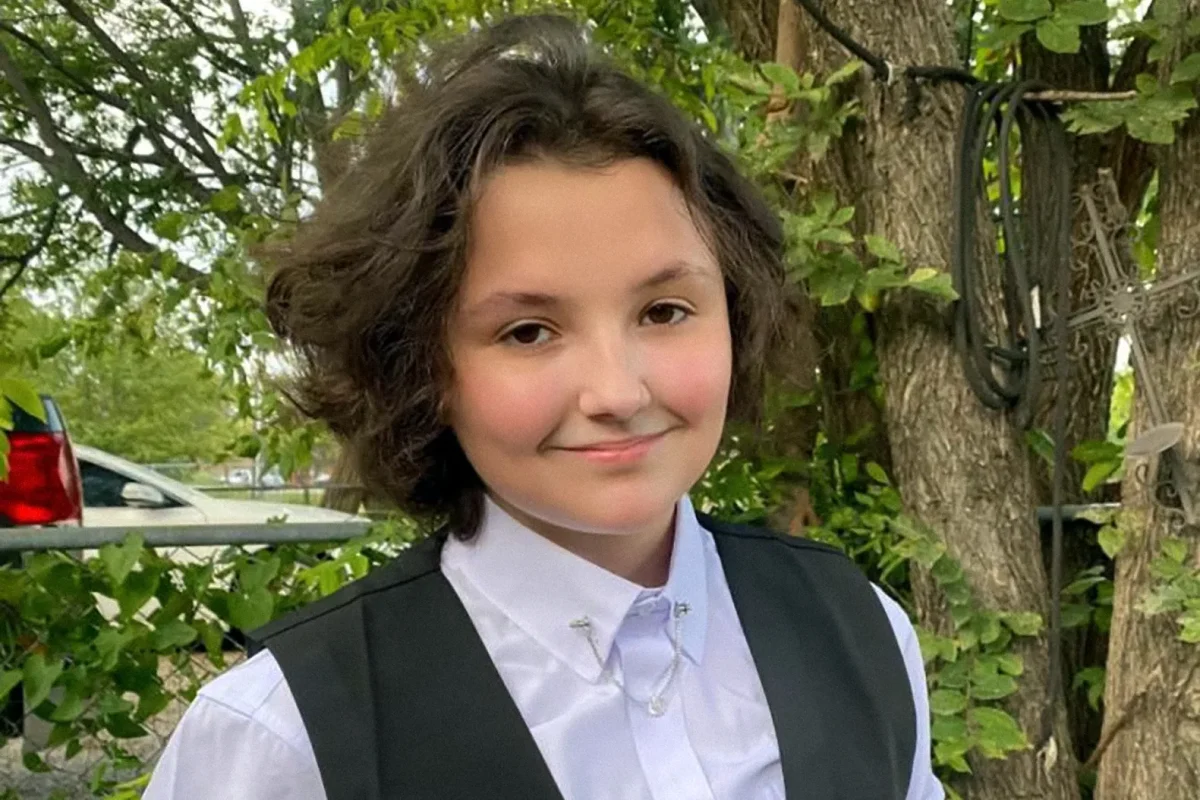


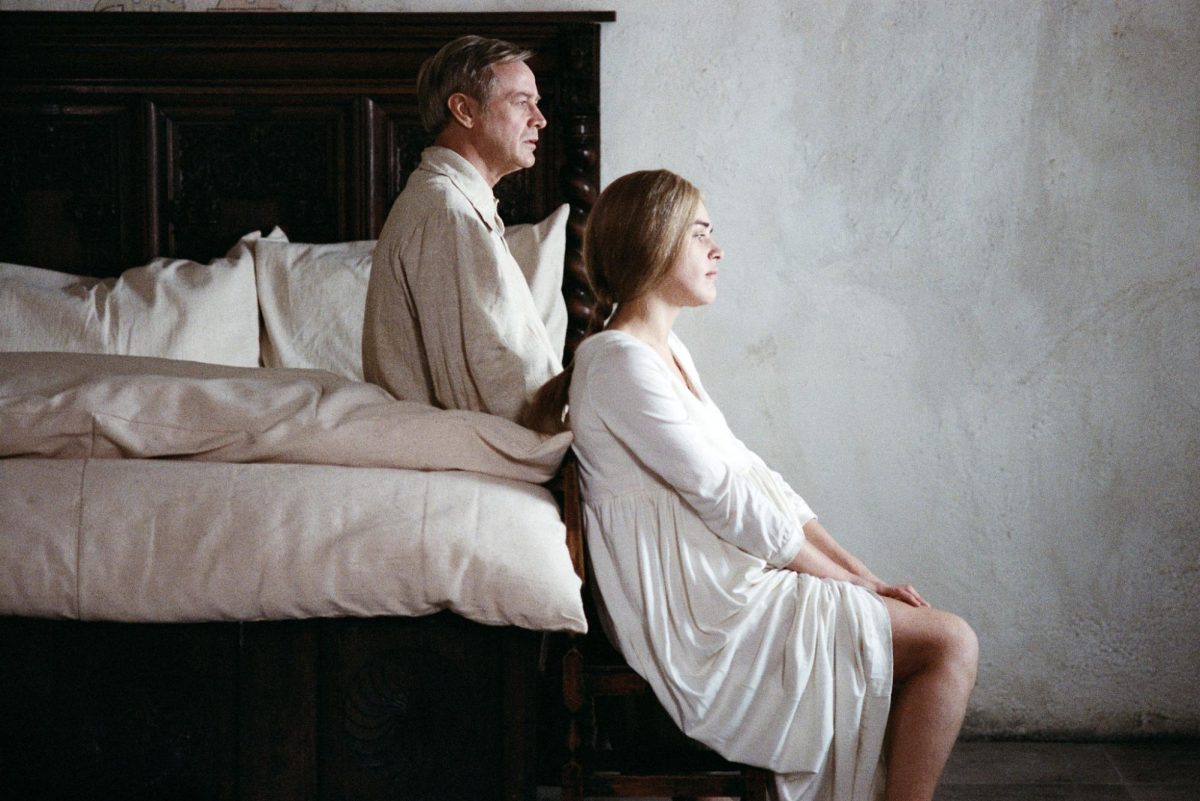

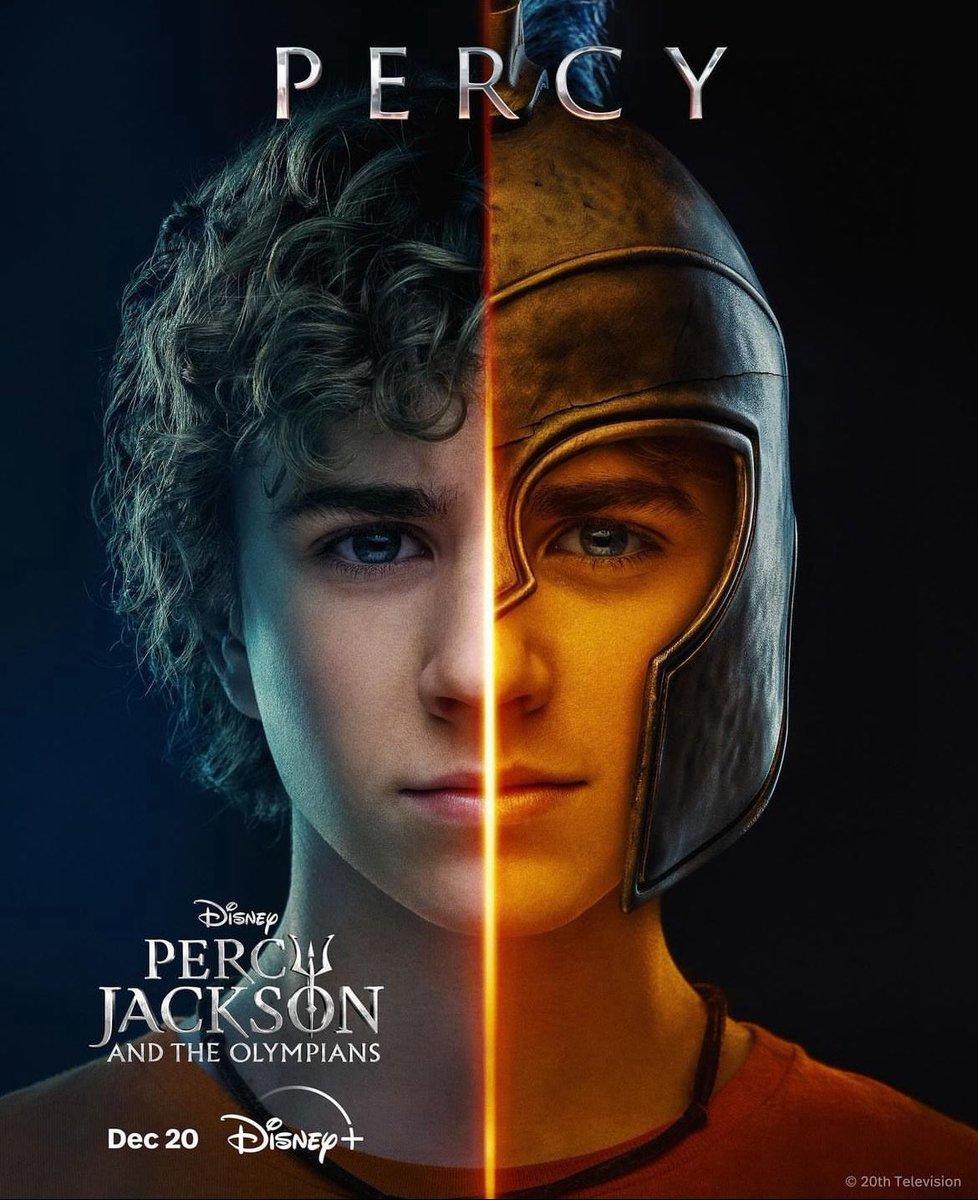
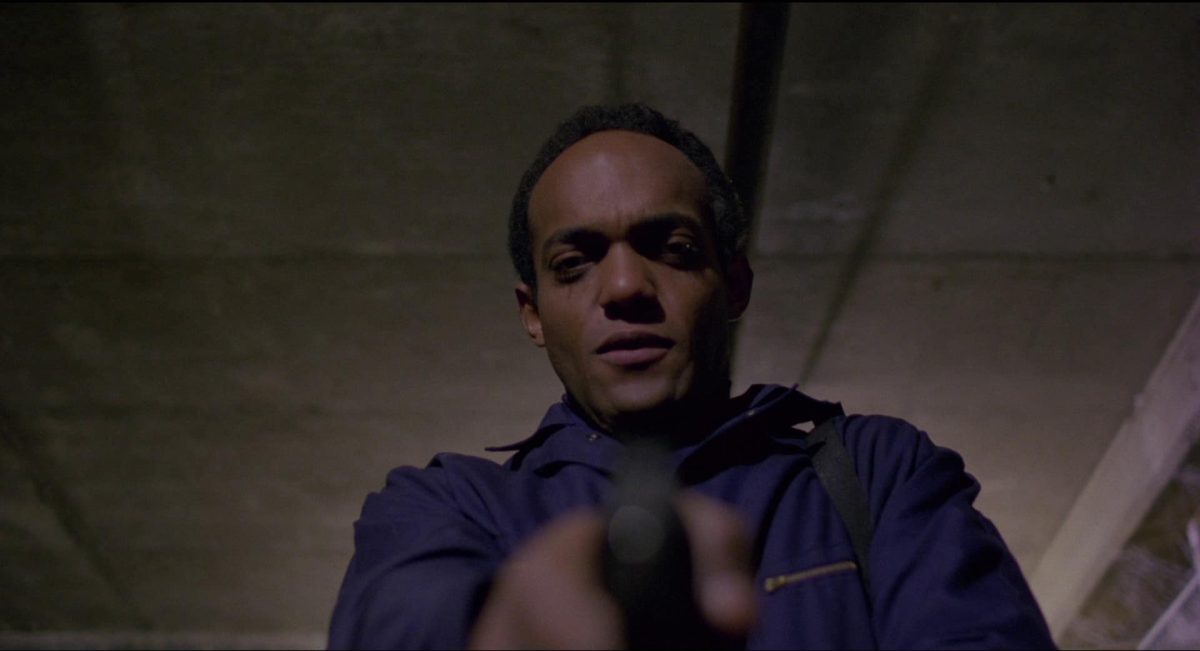

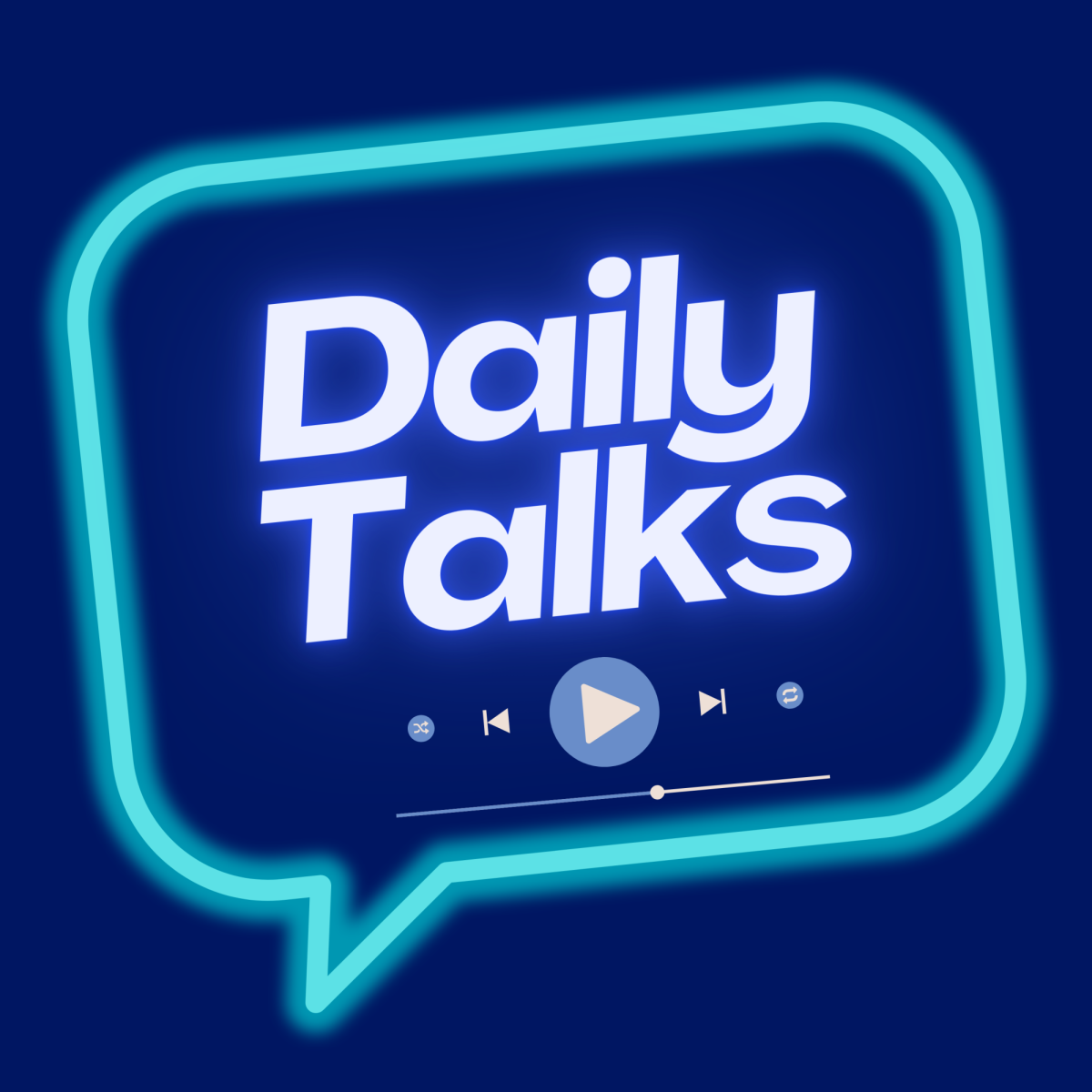




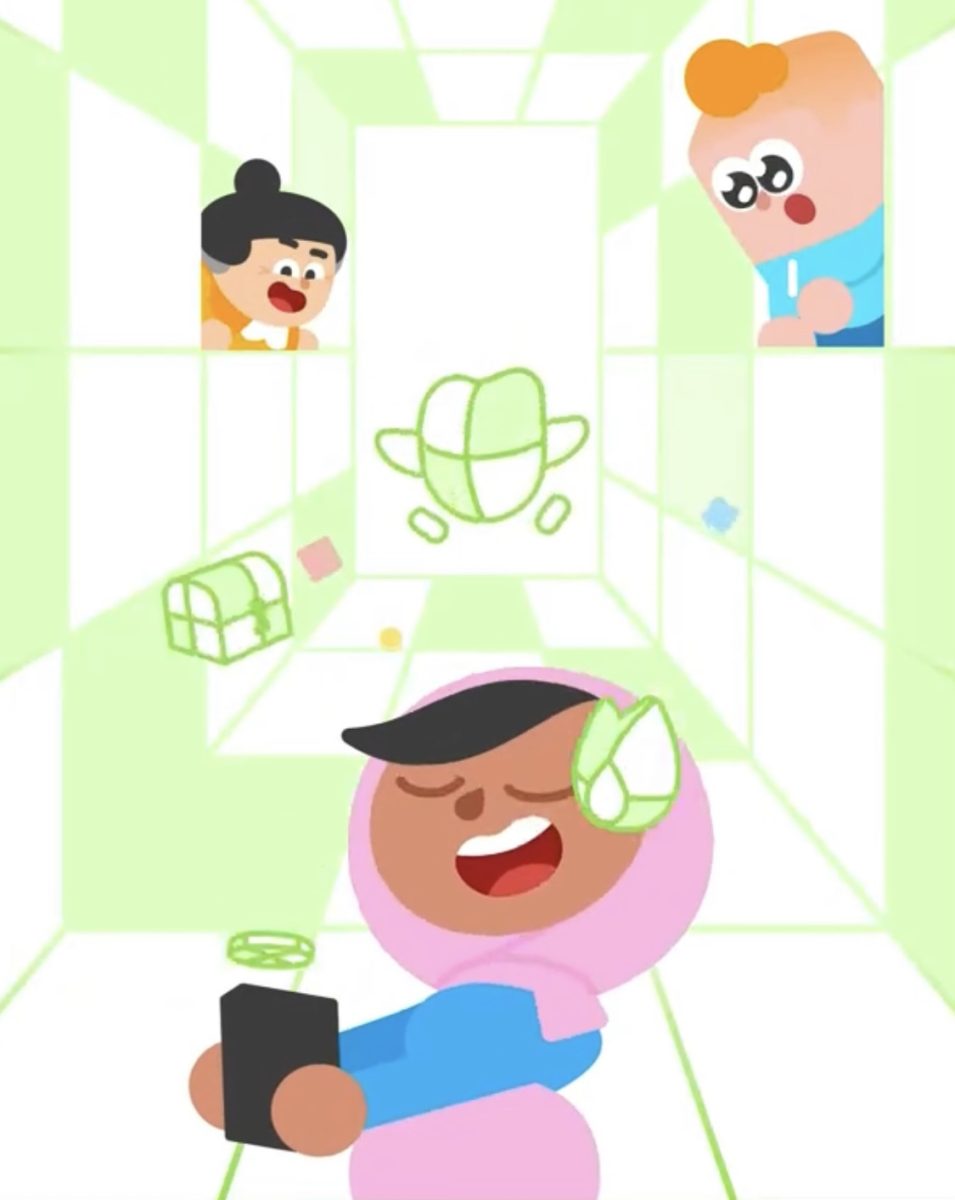


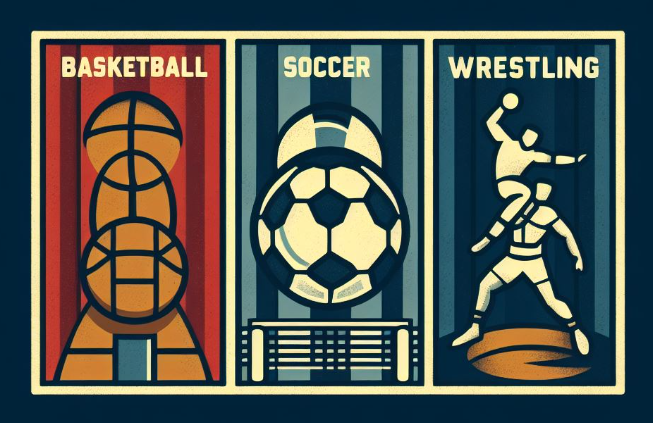





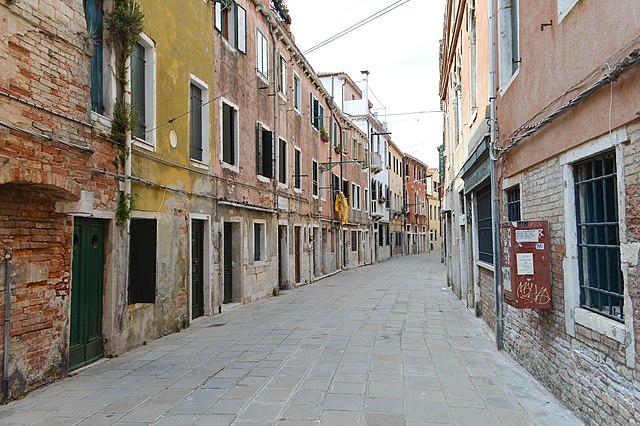

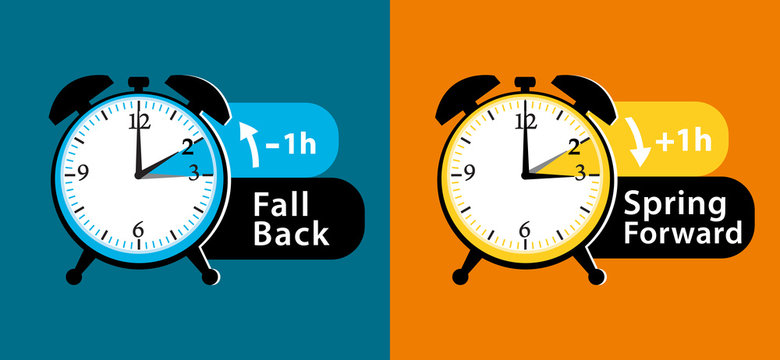


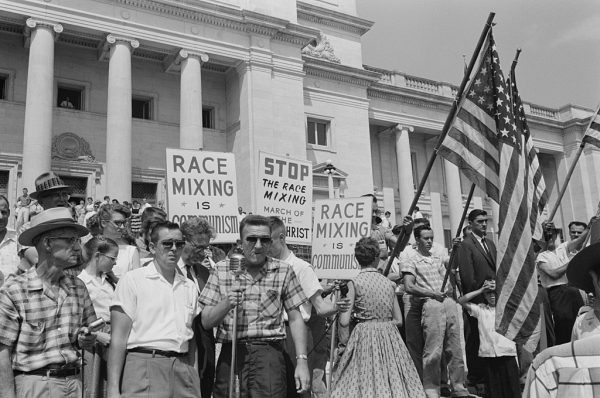

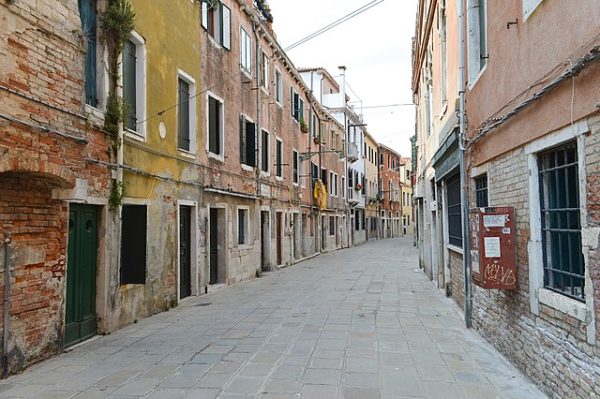





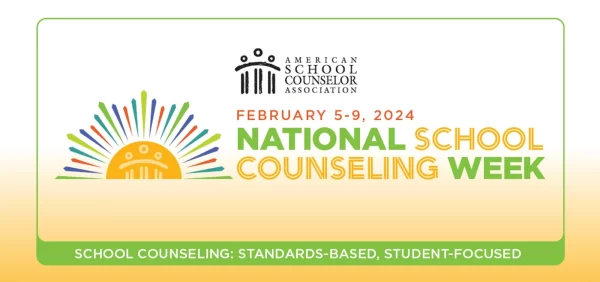
Abbey • Dec 13, 2022 at 5:46 pm
This article was interesting to read. Its very helpful for people trying to learn more about DST and the problem with it.
Kaiya Rillston • Dec 13, 2022 at 10:54 am
I believe this article was helpful for people because it explained the side effects DST has on people! Great article.
Daniel • Dec 6, 2022 at 10:54 pm
I still feel like I never completely adjust to Daylight savings time and once standard time arrives again it just feels normal.
Jake • Dec 6, 2022 at 12:21 pm
I really liked how you talked about how the time change messes up sleep schedules